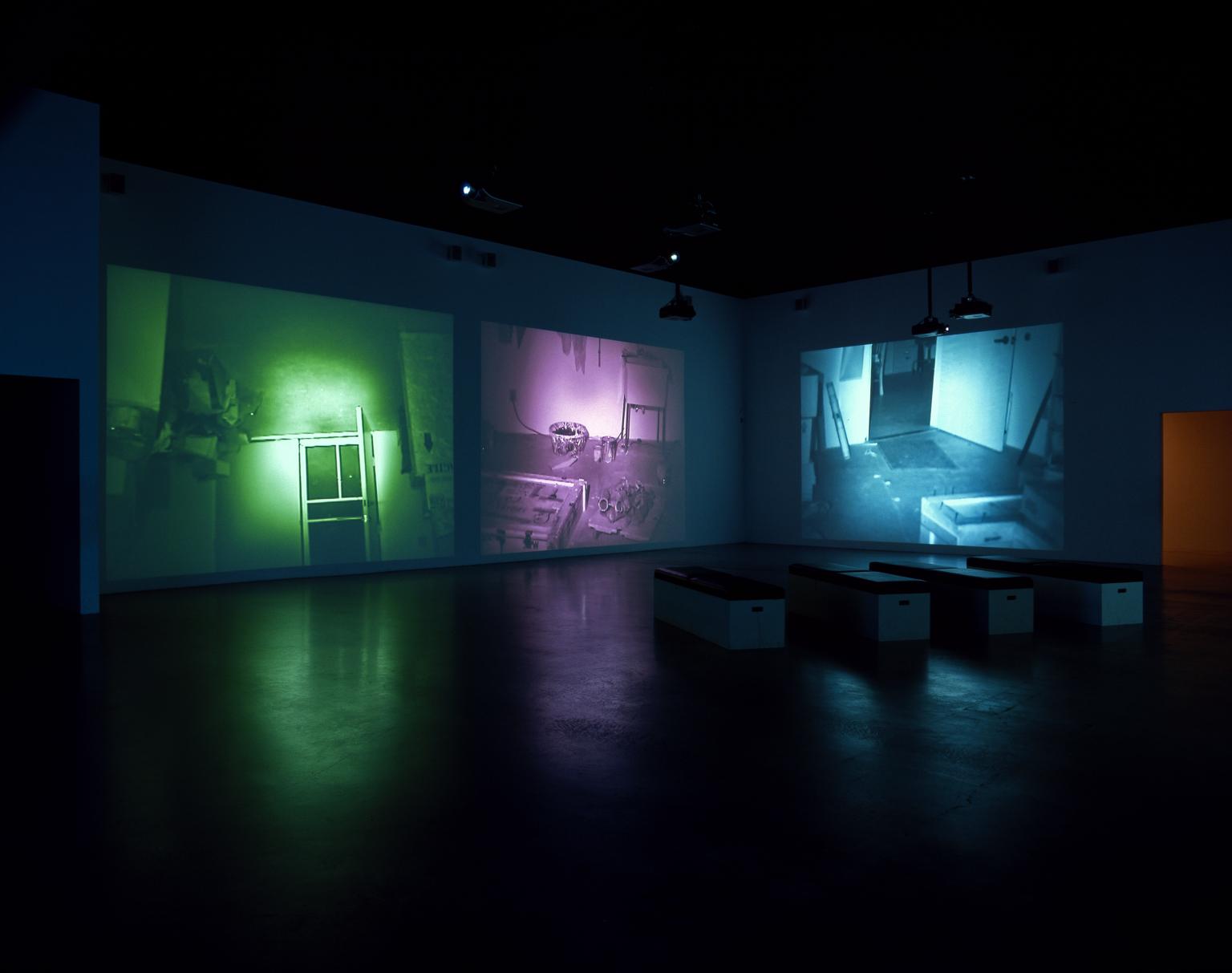 |
|
|
 |
|
Mapping the Studio II (2005)
creator(s)
Tate Digital Programs
contributor(s)
Pip Laurenson (conservator); Frederico Fazenda-Rodrigues (plans and photography); Tim McGill (video capture); Arup Acoustics UK; Marata Vision; Sharp
publisher Tate website
This e-learning site explores the preservation and presentation of installation art. As a case study, it focuses on a work by Bruce Nauman, MAPPING THE STUDIO II with color shift, flip, flop, & flip/flop (Fat Chance John Cage). Created by Nauman in 2001, the piece is co-owned by Tate, the Pompidou Centre in Paris, and the Kunstmuseum in Basel.
How do museums preserve and present installation art? Museum and gallery visitors might have some idea of what is involved in the conservation and storage of a painting – but with contemporary art, especially time-based media installations, they may know less about approaches to conservation. The complexity of these installations and the risk of obsolescence from the range of technologies used means that a pro-active approach to their preservation is essential if we are going to be able to continue to enjoy these works in the future. Faced with this challenge, how do conservators deal with time-based media installations?
Click external link to access Tate's e-learning site on Bruce Nauman's Mapping the Studio II.
English  Attribution No Derivatives Attribution No Derivatives
|
|